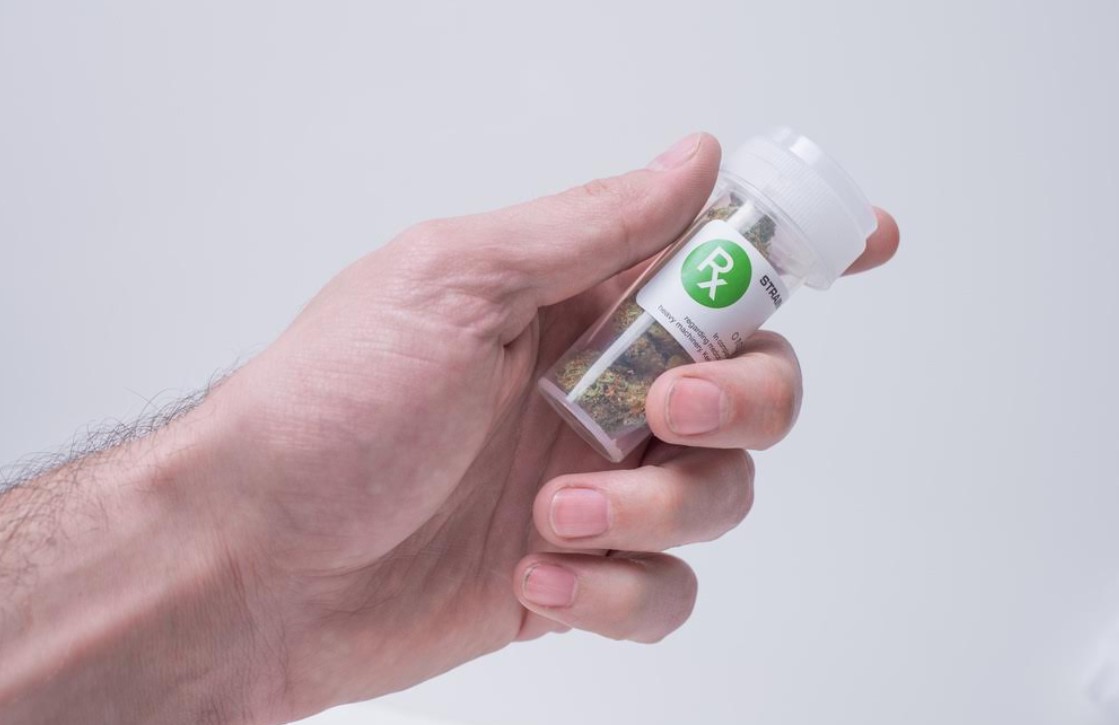Why Moisture-Wicking Matters for Plus-Size Athletes
Working out should be a comfortable and enjoyable experience, regardless of body type. One of the biggest concerns for plus-size individuals is managing sweat and staying cool. That’s where plus-size moisture-wicking gym tops come in. These tops are designed to pull sweat away from the body, keeping you dry and comfortable throughout your workout.
The Science Behind Moisture-Wicking Fabrics
Moisture-wicking fabrics are engineered with special fibers that transport sweat to the outer surface of the material, allowing it to evaporate quickly. This prevents the fabric from becoming heavy and clingy, reducing discomfort and potential skin irritation.
Breathability and Temperature Regulation
These gym tops often incorporate breathable mesh panels and ventilation zones to enhance airflow, ensuring you stay cool even during intense workouts. This is especially beneficial for plus-size individuals who may experience overheating more quickly.
Features to Look for in Plus-Size Moisture-Wicking Gym Tops
1. Fabric Composition
When shopping for the perfect gym top, look for materials like polyester blends, spandex, and nylon. These fabrics provide excellent moisture management and stretch for unrestricted movement. Avoid cotton, as it tends to absorb moisture and stays wet longer.
2. Fit and Comfort
A well-fitting gym top enhances confidence and performance. Choose tops that offer a relaxed or slightly fitted silhouette to allow for ease of movement. Seamless construction and flatlock stitching minimize chafing.
3. Breathable Design
Mesh inserts and strategic ventilation panels help with airflow, keeping you cool and fresh. Look for tops with moisture vents in sweat-prone areas like the back and underarms.
4. Durability and Stretch
High-quality gym tops maintain their shape and functionality even after multiple washes. Opt for tops with four-way stretch to support a full range of motion.
Best Styles of Plus-Size Moisture-Wicking Gym Tops
1. Tank Tops for Ultimate Freedom
Tank tops are a great choice for those who prefer sleeveless designs that offer maximum ventilation. They are perfect for high-intensity workouts like HIIT, spin classes, or weightlifting.
2. Short-Sleeve Performance Tees
For those who prefer more coverage, short-sleeve gym tops provide a balance of breathability and protection. They work well for cardio sessions and strength training.
3. Long-Sleeve Training Tops
Long-sleeve moisture-wicking tops are ideal for outdoor workouts or cooler gym environments. Many of these tops feature thumbholes and half-zip designs for extra versatility.
How to Style Plus-Size Moisture-Wicking Gym Tops
1. Pair with High-Waisted Leggings
A well-fitted pair of high-waisted leggings offers support and comfort while enhancing the streamlined look of your gym outfit.
2. Layer with a Lightweight Jacket
For added warmth during warm-ups or cool-downs, throw on a breathable athletic jacket over your gym top.
3. Choose Bold Colors and Patterns
Gym wear doesn’t have to be boring! Opt for bright colors, fun prints, or color-blocked designs to boost confidence and make workouts more enjoyable.
Care Tips for Maintaining Plus-Size Moisture-Wicking Gym Tops
1. Wash in Cold Water
Hot water can break down moisture-wicking fibers over time. Stick to cold washes to preserve the fabric’s performance.
2. Avoid Fabric Softener
Fabric softener can clog the moisture-wicking properties of the material. Instead, use a mild detergent.
3. Air Dry When Possible
Tumble drying on high heat can damage the fabric. Hang-drying your gym tops extends their lifespan and maintains their elasticity.
Conclusion
Investing in high-quality plus-size moisture-wicking gym tops ensures a comfortable and sweat-free workout experience. With the right fabric, fit, and style, you can stay confident, cool, and motivated during your fitness journey.




